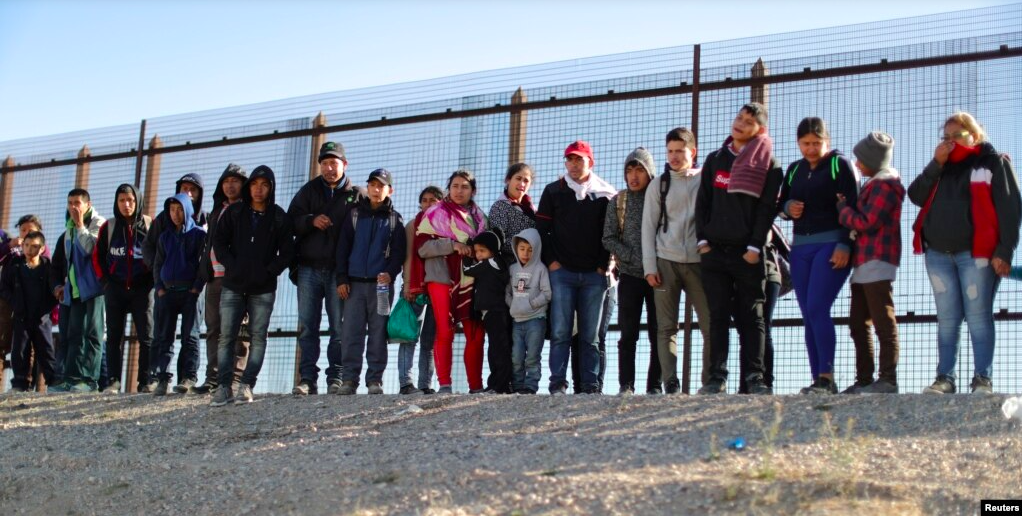
As the Biden administration continues to grapple with the ongoing crisis at the US-Mexico border, new figures released by the Department of Homeland Security (DHS) have revealed a 25% increase in the number of migrant crossings during March. This increase comes despite the ongoing implementation of the Covid-19-era border restriction known as Title 42, which allows officials to turn away certain immigrants at the US-Mexico border.
The changing demographics of migrants crossing the southern border, which now include a higher number of Central Americans and northern Mexicans, are further complicating the situation. This is due to the fact that these individuals are easier to expel than immigrants from countries such as Venezuela, Cuba, Nicaragua and Haiti.
In an effort to provide some relief, the Biden administration recently launched a new program that offers a legal path to the US for Venezuelans, Cubans, Nicaraguans and Haitians. The program has had a positive effect, with the average number of illegal crossings from those countries dropping from 1,231 in seven days in early January to 339 in seven days on March 31.
However, with the Title 42 restriction set to expire in May, the Biden administration is bracing for a potential surge in the number of immigrants attempting to cross the border. The administration is also working to address the root cause of the migration crisis, with Vice President Kamala Harris being tasked with leading diplomatic efforts to address the humanitarian and economic causes of migration from Central America.
The challenge for the Biden administration is to balance its humanitarian approach with the need to secure the US-Mexico border. With the migrant crisis showing no signs of abating, the Biden administration will need to act quickly to find a solution that both protects the security of the US and ensures that migrants are treated with the respect and dignity they deserve.